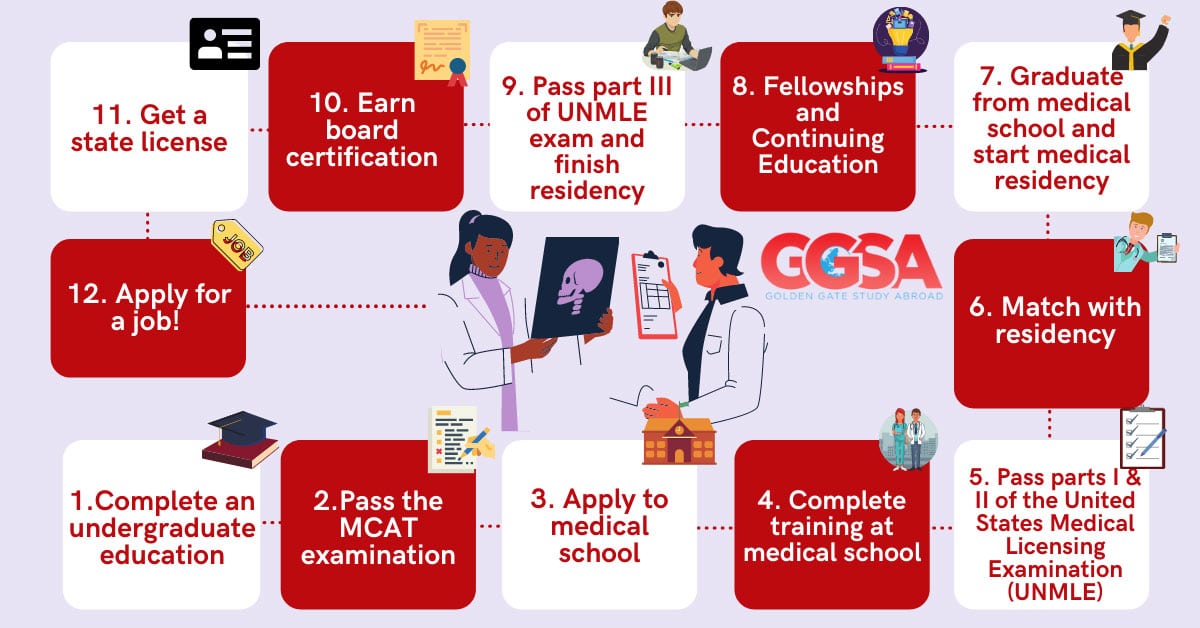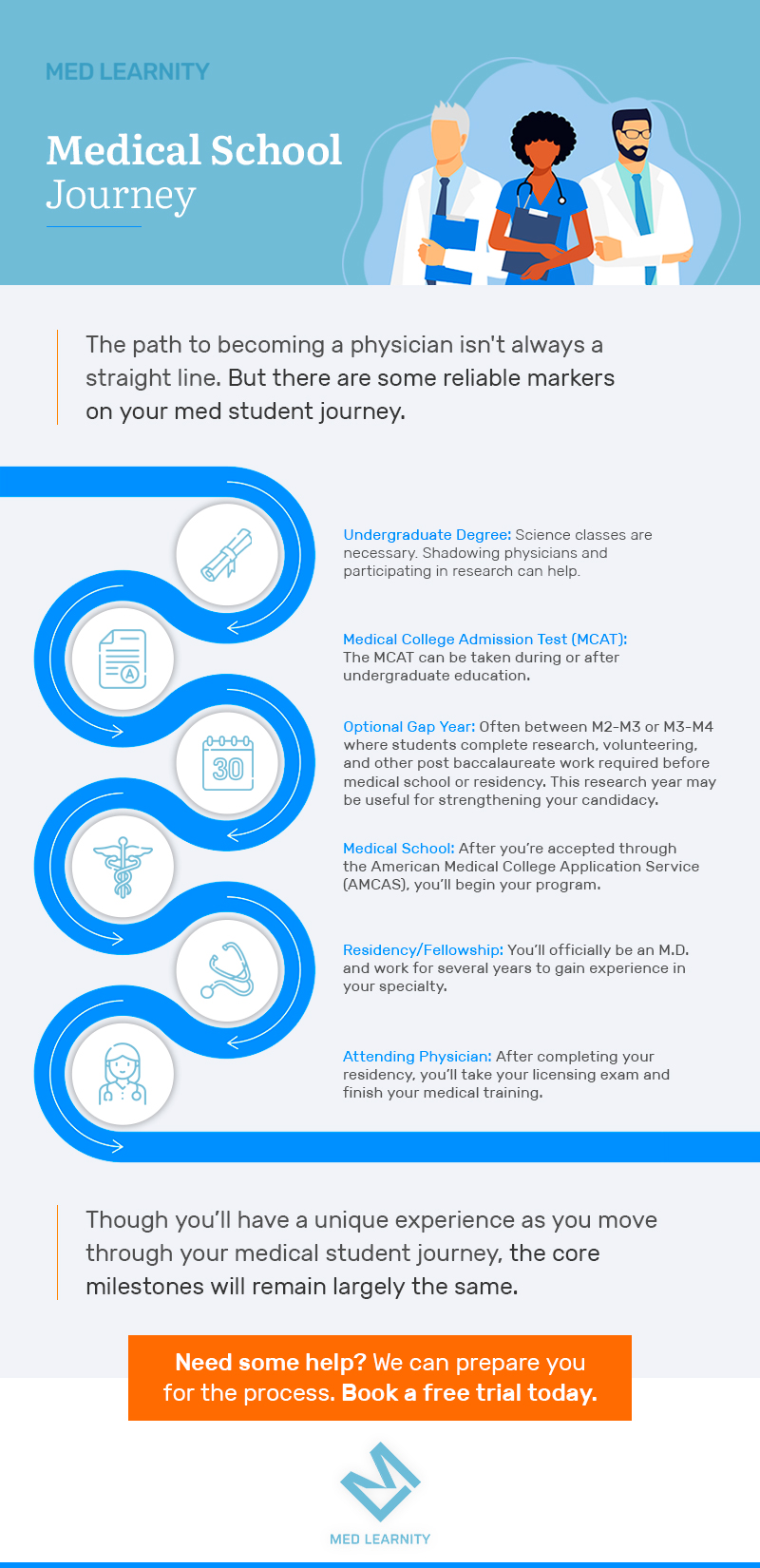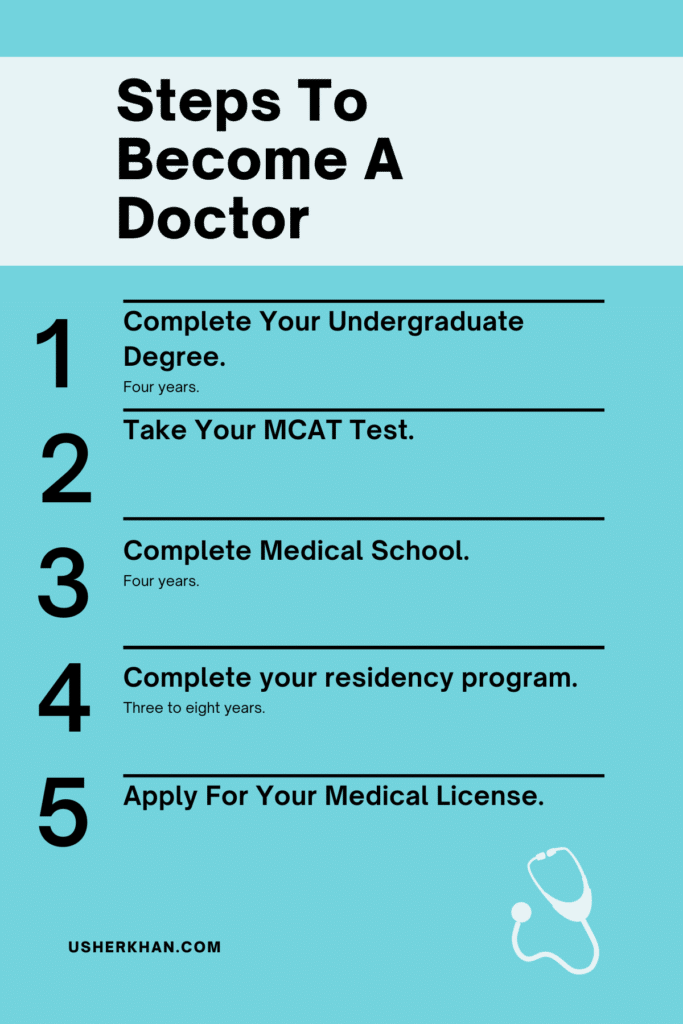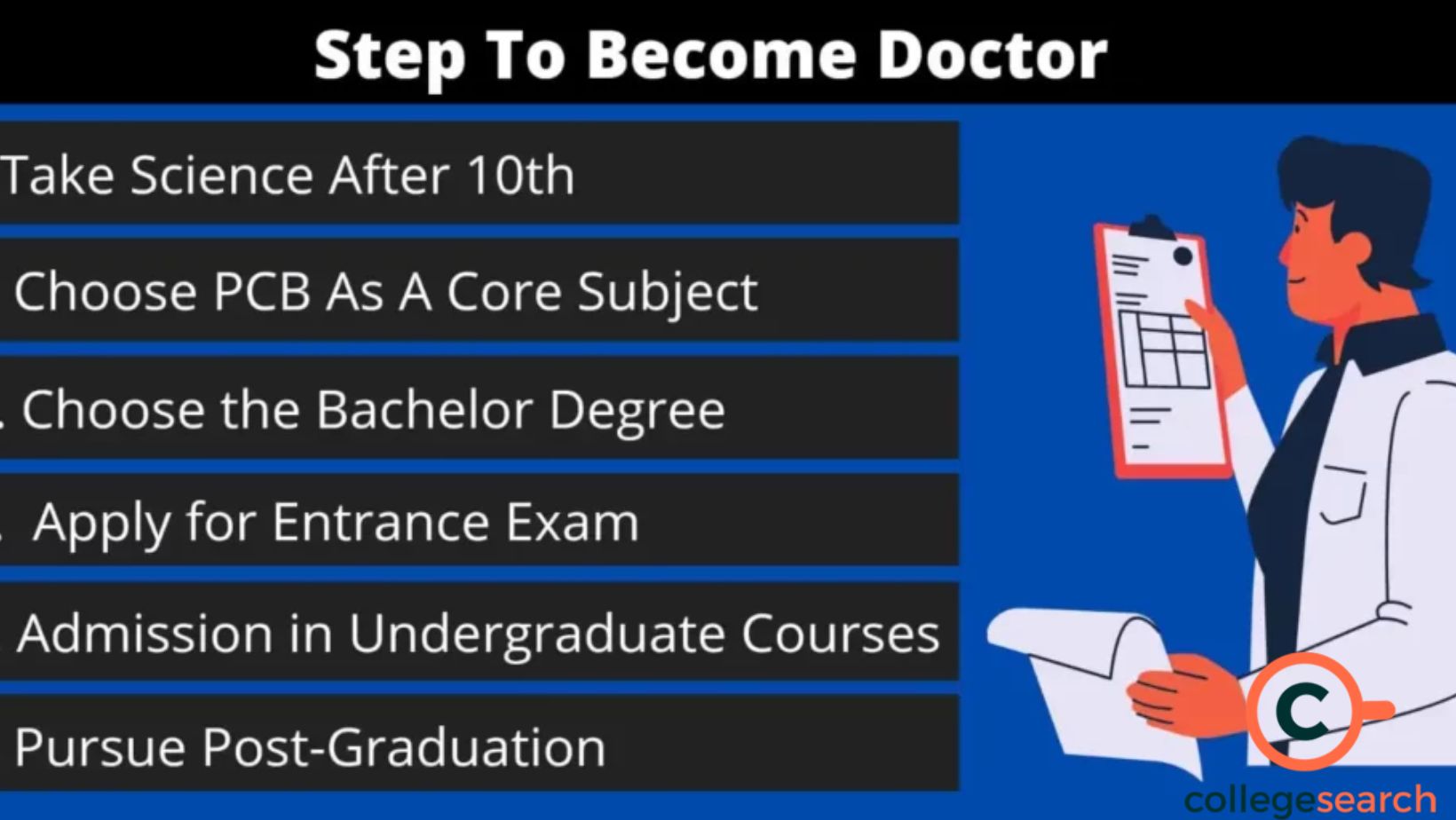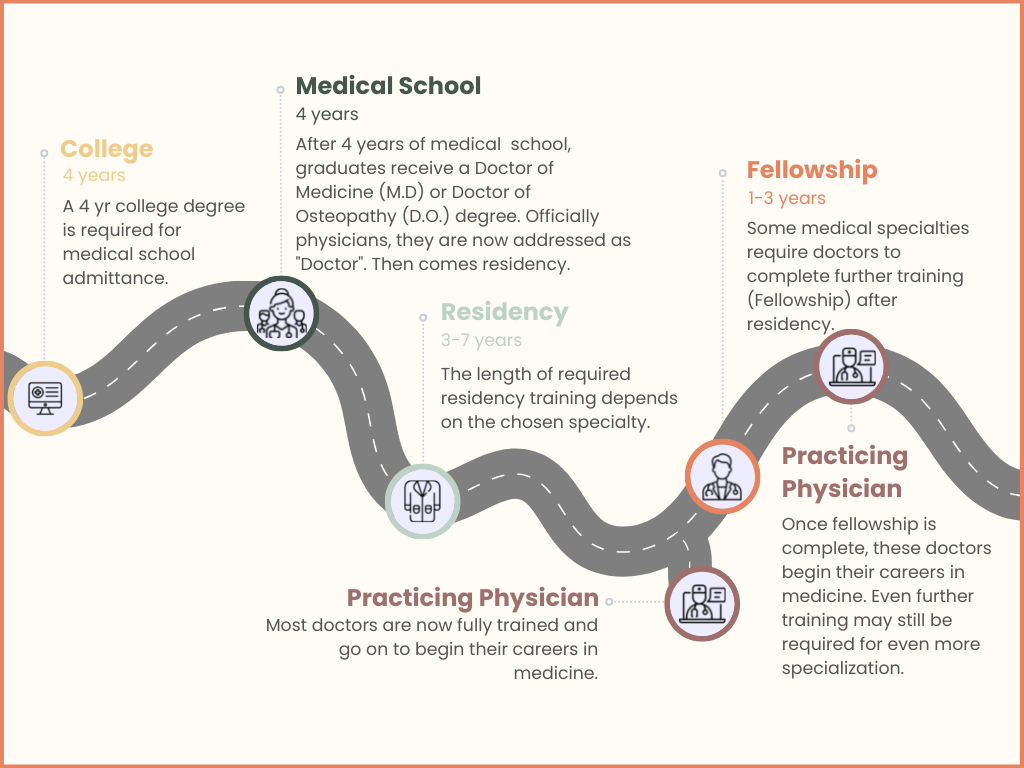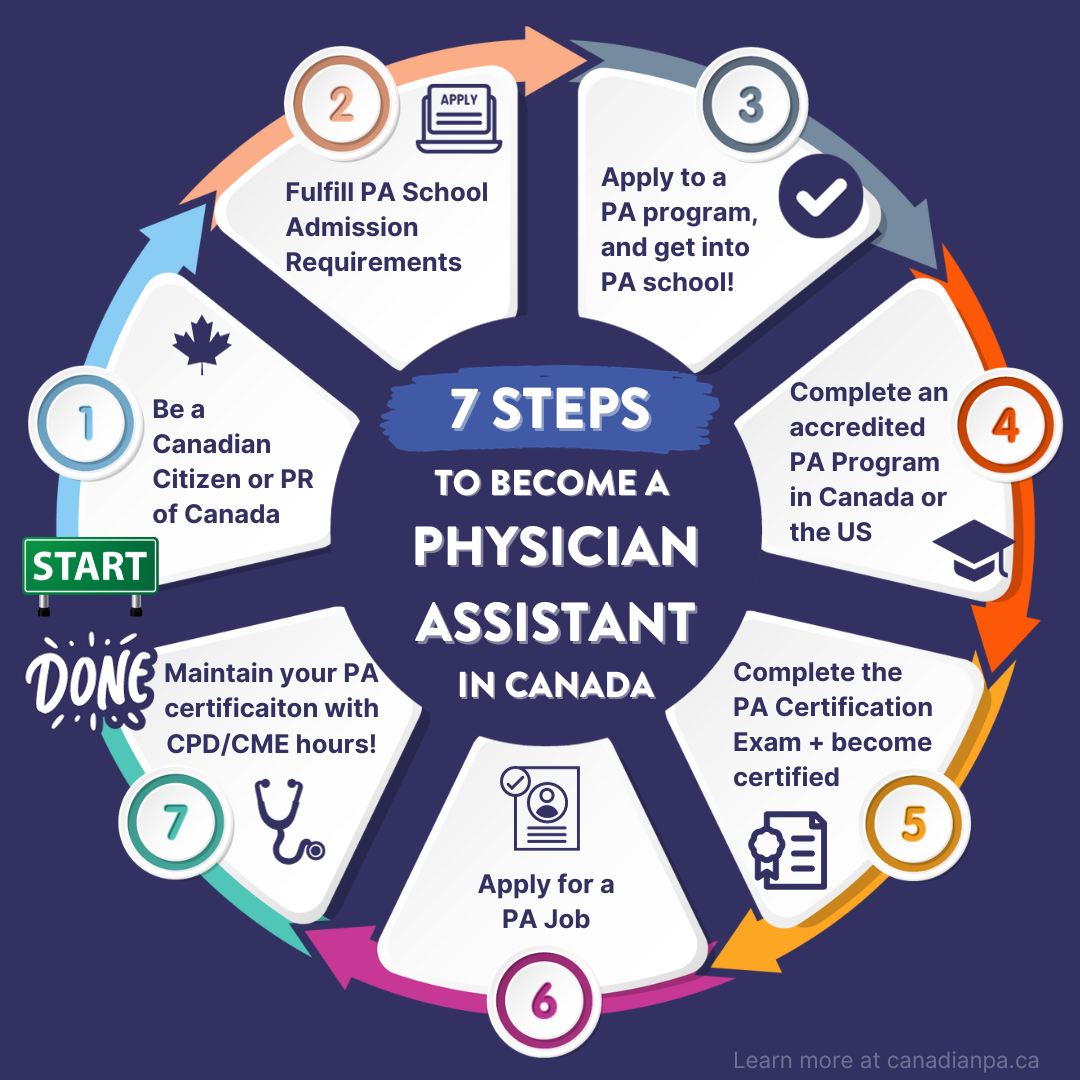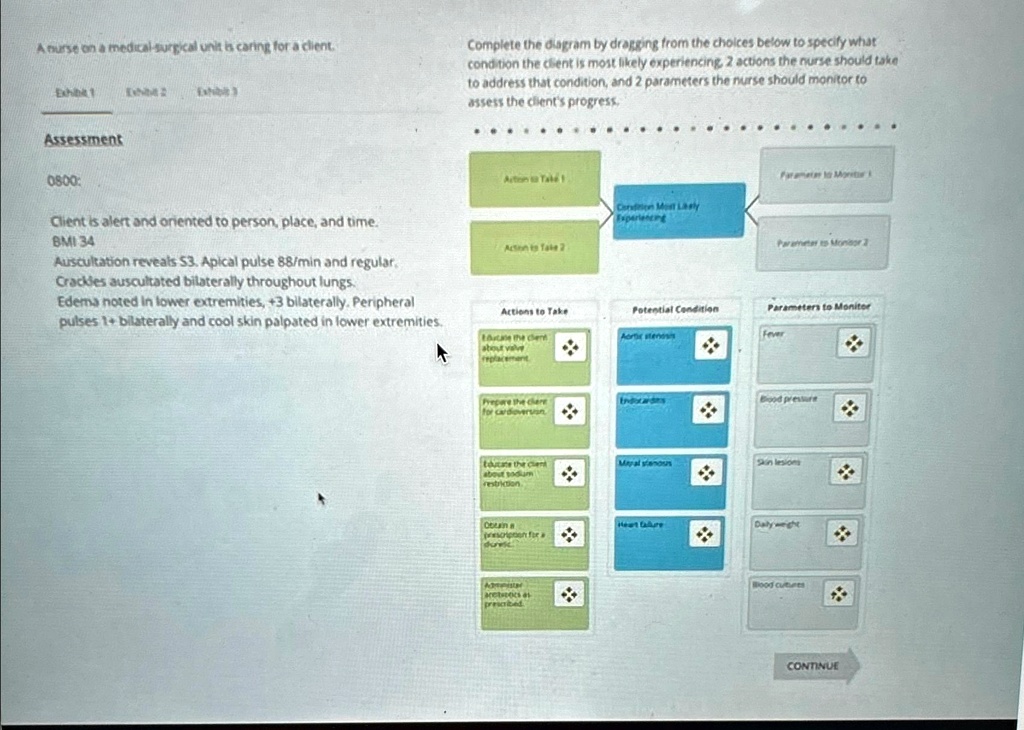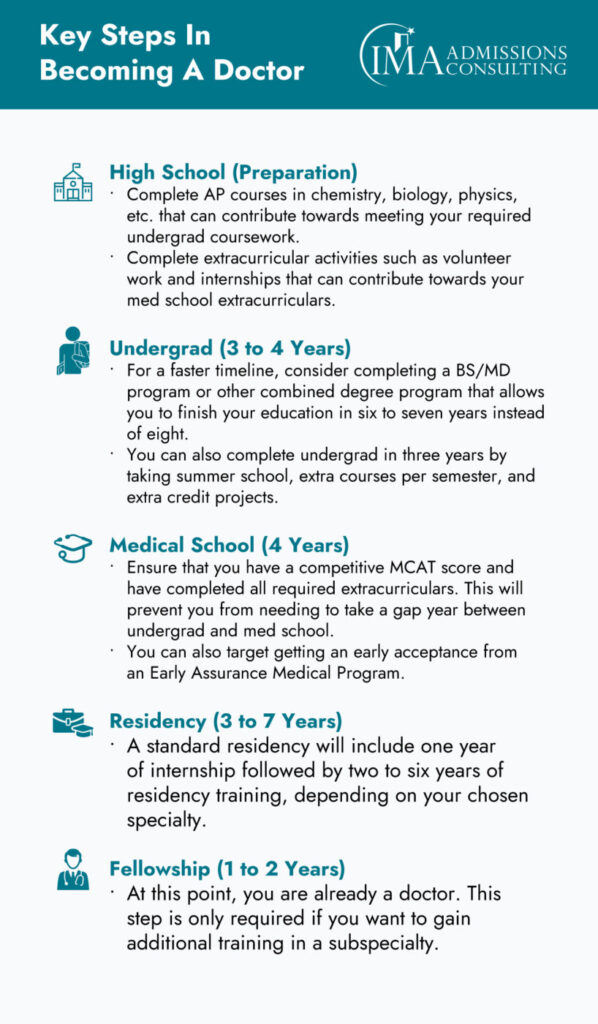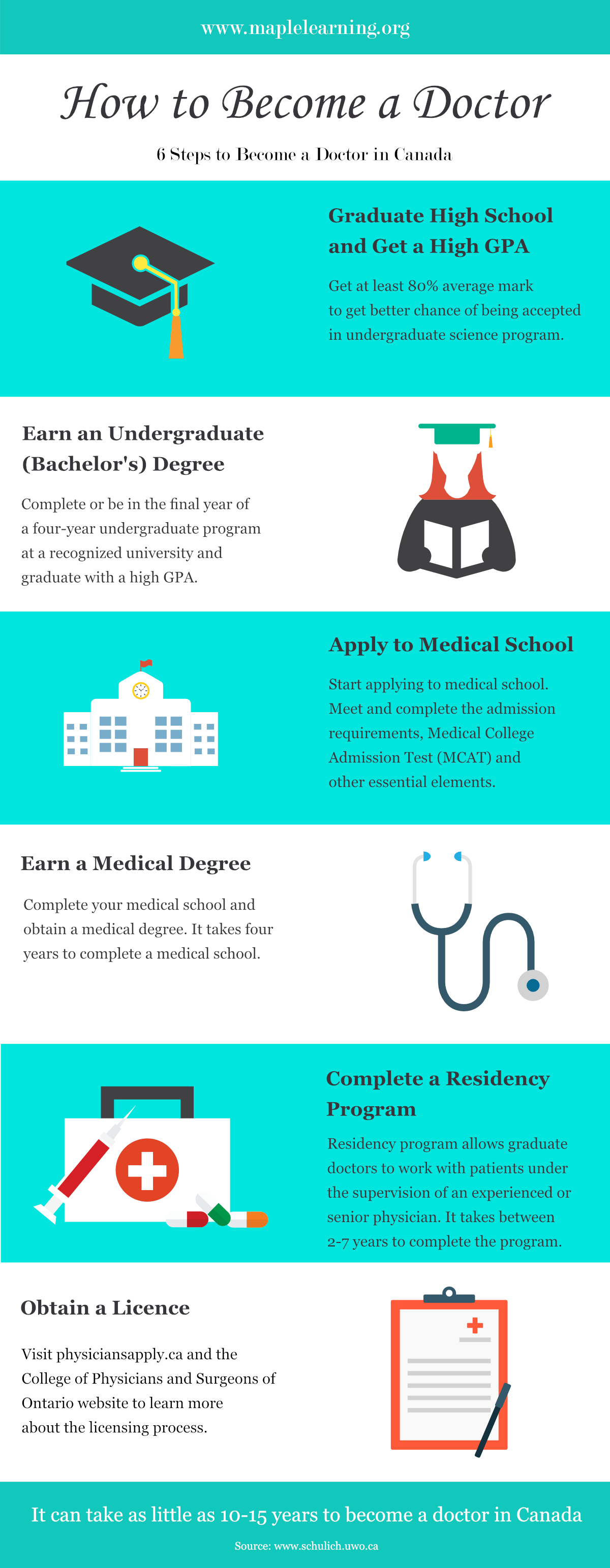Which Step Is A Physician Most Likely To Take

The fluorescent lights hummed a steady rhythm in the hospital hallway, a counterpoint to the anxious shuffle of feet and hushed whispers. Dr. Emily Carter, her face etched with a familiar mix of concern and determination, paused outside room 312. Inside, Mrs. Rodriguez, a beloved grandmother with a contagious laugh, was facing a difficult decision about her treatment plan. The air crackled with the weight of choices, a weight Dr. Carter carried with every patient, every day.
This scenario, playing out in hospitals and clinics across the nation, highlights a critical question in modern medicine: Which step is a physician most likely to take when navigating complex patient care? Increasingly, the answer points toward a dedicated and deliberate commitment to shared decision-making, a process where doctors and patients collaborate to choose the best course of action based on medical evidence, individual values, and personal preferences.
The Evolution of the Doctor-Patient Relationship
Historically, the doctor-patient dynamic was largely paternalistic. Physicians, viewed as the ultimate authority, dictated treatment plans with little input from the patient. "Doctor knows best" was the prevailing mantra.
However, the tide began to turn in the late 20th century with the rise of patient advocacy and a growing awareness of individual rights. Patients started demanding more information and a greater role in their healthcare decisions. The shift was also fueled by increased access to medical information through the internet.
This evolution has paved the way for shared decision-making (SDM) to become a cornerstone of ethical and effective medical practice. SDM recognizes that patients are not passive recipients of care, but active partners in the healing process.
Defining Shared Decision-Making
Shared decision-making is not simply informing patients about their options. It's a collaborative process where physicians and patients actively exchange information and values. This allows them to jointly arrive at a mutually acceptable plan.
According to the Agency for Healthcare Research and Quality (AHRQ), SDM involves several key steps. These include discussing the available treatment options, weighing the potential benefits and risks of each option, and considering the patient's values, beliefs, and preferences. It is about acknowledging that treatment is not a one-size-fits-all prescription, but an option tailored for the patient.
Central to SDM is the use of decision aids – tools that provide patients with evidence-based information about different treatment options. These aids can come in various forms, such as brochures, videos, or interactive websites. They are designed to help patients understand their choices and articulate their preferences.
Why Shared Decision-Making is Increasingly Favored
There are several compelling reasons why physicians are increasingly likely to embrace shared decision-making. For one, it aligns with the ethical principles of autonomy and respect for persons.
Furthermore, research consistently demonstrates that SDM leads to improved patient outcomes. Patients who are actively involved in their care tend to be more satisfied with their treatment. This can lead to increased adherence to treatment plans.
From a practical standpoint, SDM can also reduce the risk of medical malpractice claims. When patients feel heard and respected, they are less likely to pursue legal action if something goes wrong. A study published in the journal Health Affairs indicated that hospitals that prioritized patient engagement experienced lower rates of malpractice claims.
In an era of increasing medical complexity and evolving patient expectations, SDM offers a way to bridge the gap between medical expertise and individual needs.
Overcoming Barriers to Implementation
Despite its benefits, implementing shared decision-making in practice can be challenging. Time constraints, particularly in busy clinical settings, are a significant obstacle.
Some physicians may also feel uncomfortable relinquishing some control over the decision-making process. This can be especially true in cases where they strongly believe a particular treatment is the best option.
Another barrier is the lack of adequate training in SDM techniques. Many medical schools and residency programs are only now beginning to incorporate SDM into their curricula.
To overcome these barriers, healthcare organizations need to invest in training and resources to support SDM. This includes providing physicians with decision aids and giving them protected time to engage in meaningful conversations with patients.
The Role of Technology in Facilitating SDM
Technology is playing an increasingly important role in facilitating shared decision-making. Electronic health records (EHRs) can be used to embed decision aids directly into the clinical workflow.
Telemedicine platforms are also enabling remote consultations where physicians and patients can discuss treatment options from the comfort of their homes. This can be particularly beneficial for patients in rural or underserved areas.
Furthermore, mobile apps and wearable devices can empower patients to track their health data and share it with their physicians. This can lead to more informed and personalized treatment decisions.
Looking Ahead: The Future of Shared Decision-Making
The future of healthcare is undoubtedly intertwined with shared decision-making. As patients become more informed and engaged, the demand for collaborative care will only continue to grow.
Healthcare systems are starting to incorporate SDM into their quality metrics and reimbursement models. This will provide further incentives for physicians to adopt SDM in their practice.
Dr. Victor Montori, a leading advocate for patient-centered care at the Mayo Clinic, has championed the concept of "minimally disruptive medicine," which aligns closely with the principles of SDM. This approach emphasizes minimizing the burden of treatment on patients and focusing on interventions that are truly meaningful to them.
The Bottom Line
While other steps, such as ordering diagnostic tests or prescribing medications, are undeniably essential aspects of medical practice, the increasing emphasis on shared decision-making signals a fundamental shift in the physician's role. Physicians now act as guides and partners, empowering patients to navigate the complex world of healthcare and make informed choices that align with their values and preferences.
Back in the hospital hallway, Dr. Carter took a deep breath and entered room 312. She knew the conversation ahead wouldn't be easy, but she was committed to helping Mrs. Rodriguez make the best decision for herself, one that honored both her medical needs and her personal wishes. In that small room, under the hum of the fluorescent lights, the future of medicine was unfolding, one shared decision at a time.

